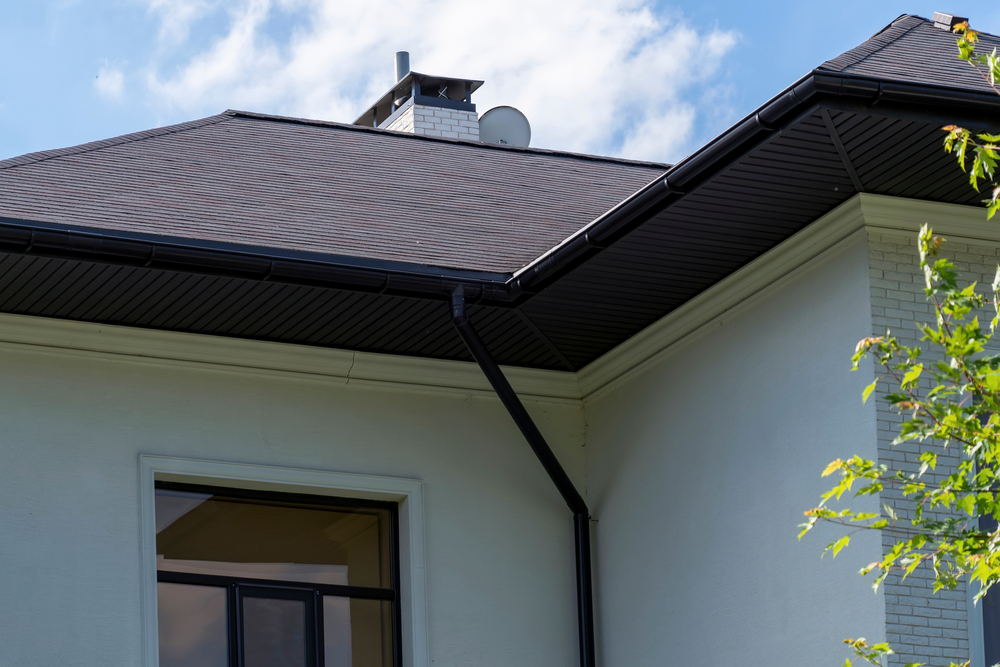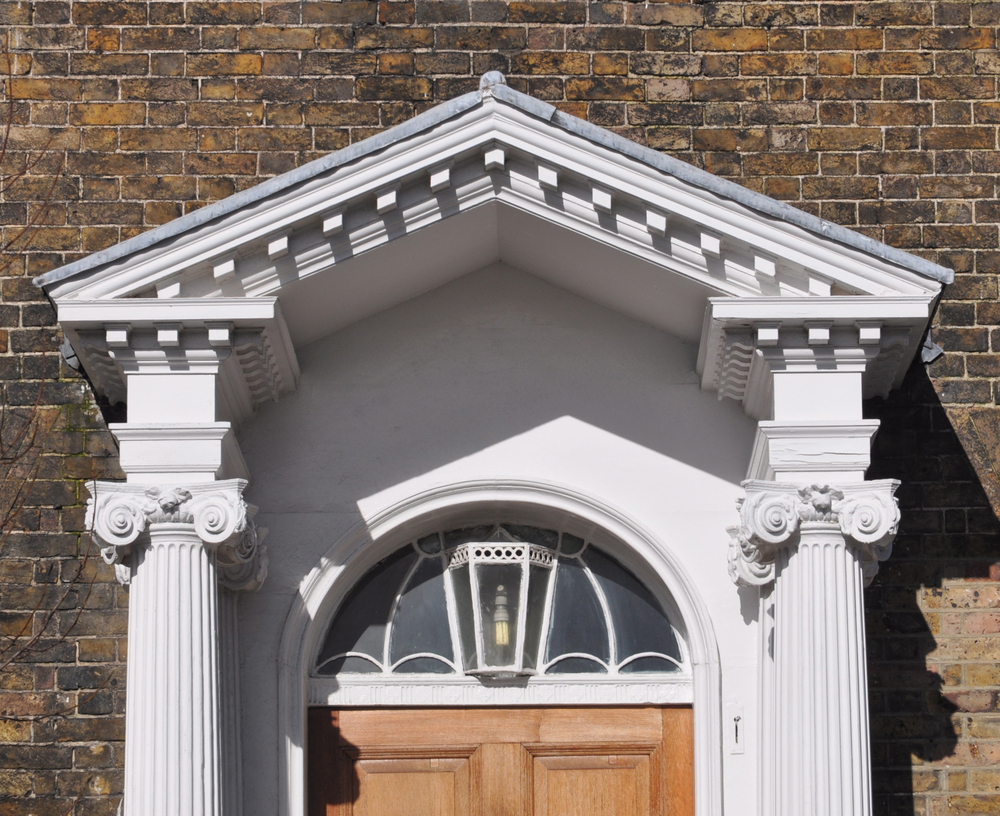When it comes to enhancing curb appeal and protecting your property, choosing the right siding style is just as important as selecting the right material. In Placer County, where homes face everything from hot summers to snowy Sierra winters, board and batten siding and lap siding are two of the most popular options. Each offers unique benefits and challenges, making the decision a crucial part of any exterior remodel. In this guide, we’ll break down the pros and cons of board and batten vs. lap siding for Placer County homes so you can make the best choice for your property.
Why Siding Choice Matters for Placer County Homes
Placer County’s diverse geography, from the valley floors of Roseville and Lincoln to the mountain elevations near Lake Tahoe, presents a wide range of climate challenges. In the summer, siding must withstand intense heat and sun exposure without fading or warping. In the winter, especially at higher elevations, it needs to stand up to snow, ice, and freeze-thaw cycles.
Your siding choice is your home’s first line of defense against these elements. An appropriate style and material will protect your home’s structure, improve energy efficiency, and maintain its appearance for decades. A poor choice, on the other hand, can lead to premature failure, costly repairs, and constant maintenance. That’s why partnering with experienced siding contractors in Placer County is so important. A professional team that provides siding installation near Placer County will help you navigate these choices to ensure your home is both beautiful and well-protected.
What Is Board and Batten Siding?
Board and batten is a type of vertical siding that has seen a massive resurgence in popularity, especially with the modern farmhouse trend. The style is created by installing wide vertical planks (the “boards”) and covering the seams with narrow vertical strips (the “battens”). This creates a distinct, layered look with clean lines and dramatic shadows.
Key Features of Board and Batten Siding
The defining characteristic of board and batten is its vertical orientation. This draws the eye upward, which can make a home appear taller and more stately. Originally used on barns and farmhouses for its simple and effective weather protection, it has evolved into a versatile style used on everything from rustic cabins to contemporary homes. It can be used as the primary siding for an entire house or as an accent on gables, dormers, and entryways to add texture and architectural interest.
Benefits of Board and Batten Siding for Placer County Homes
One of the biggest advantages of board and batten is its timeless and versatile aesthetic. It can create a classic, rustic feel or a sharp, modern look depending on the board width, color, and material. In Placer County, where architectural styles vary greatly, board and batten can be adapted to fit almost any home.
Functionally, the vertical lines of board and batten siding are excellent at shedding water, which is a significant benefit during the rainy season. When installed correctly, the battens create a tight seal over the board seams, providing an effective barrier against moisture intrusion. This style is also highly durable, especially when made from modern materials like fiber cement, which resists rot, pests, and fire.
Challenges of Board and Batten Siding in Local Climates
While beautiful, board and batten siding does have some considerations. The installation process is more complex than lap siding. Each board and batten must be precisely placed and sealed to ensure a weathertight fit. This complexity can lead to higher labor costs.
Additionally, the numerous seams and edges can collect dust and pollen, potentially requiring more frequent cleaning to keep the siding looking fresh, especially in the agricultural areas of Placer County. If wood is used, the battens can be susceptible to warping or cracking over time if not properly maintained and sealed against the region’s hot, dry summers.
What Is Lap Siding?

Lap siding, also known as clapboard or horizontal siding, is the most traditional and widely used siding style in the United States. It consists of long, horizontal planks that overlap one another. The bottom edge of each board overlaps the top edge of the board below it, creating a watertight seal and a classic, linear appearance.
Key Features of Lap Siding Styles
The hallmark of lap siding is its horizontal orientation. This creates strong, clean lines that run across the facade of a home, giving it a stable and grounded appearance. Lap siding comes in a variety of widths, textures, and materials, from smooth-faced panels for a modern look to textured planks that mimic the grain of real wood. This versatility allows homeowners to achieve a wide range of styles, from a historic Colonial look to a clean, contemporary design.
Advantages of Lap Siding in Placer County
Lap siding has remained popular for a reason: it’s incredibly effective and adaptable. The overlapping design is excellent at shedding rain and snow, making it a reliable choice for Placer County’s wet winters. It’s a time-tested method that contractors are very familiar with, which can sometimes lead to a quicker and more cost-effective installation compared to more intricate styles.
The wide availability of materials like vinyl, wood, and fiber cement gives homeowners plenty of options to balance cost, durability, and aesthetics. For instance, fiber cement lap siding offers the classic look of wood without the high maintenance, a perfect combination for busy homeowners who still want a beautiful exterior.
Potential Drawbacks of Lap Siding
While highly functional, the horizontal lines of lap siding can sometimes collect dust and dirt, requiring occasional washing. If using wood, the horizontal orientation can hold moisture longer than vertical siding, making it more susceptible to rot if the paint or sealant fails.
From a design perspective, while classic, some may find lap siding to be less visually dynamic than board and batten. It can sometimes make a house appear shorter and wider, which may not be the desired effect for all architectural styles. However, this can be mitigated by choosing wider planks or using contrasting trim colors.
Board and Batten vs. Lap Siding: Side-by-Side Comparison
When it comes to siding replacement in Placer County, choosing between these two styles often comes down to a few key factors. Let’s compare them directly to help you decide on the best siding styles for Placer County homes.
Appearance and Design Options
- Board and Batten: Offers a bold, vertical look that adds height and texture. It excels in modern farmhouse, rustic, and contemporary designs. It’s often used as an accent to break up large walls of lap siding, creating a custom, high-end look.
- Lap Siding: Provides a classic, timeless appearance with clean horizontal lines. It is incredibly versatile and can suit almost any architectural style, from traditional to modern. The look can be customized through plank width, texture, and color.
Winner: Tie. This is purely a matter of personal taste and your home’s architectural style.
Durability and Weather Resistance in Placer County
- Board and Batten: The vertical orientation is excellent for shedding rain. When made from fiber cement, it is extremely resistant to rot, pests, fire, and the impacts of freeze-thaw cycles seen in the Sierra foothills.
- Lap Siding: The overlapping design has been proven effective against moisture for centuries. Like board and batten, its durability is highly dependent on the material. Fiber cement lap siding is also exceptionally durable and stands up well to Placer County’s diverse climate.
Winner: Tie. When both are made of a high-quality material like fiber cement and installed professionally, they offer comparable levels of excellent protection.
Maintenance Requirements and Costs
- Board and Batten: The installation can be more labor-intensive, potentially increasing upfront costs. The vertical battens can create more edges and surfaces where dirt can accumulate, possibly requiring more frequent cleaning.
- Lap Siding: Installation is typically more straightforward, which can result in lower labor costs. Maintenance is generally simple, usually just requiring an annual wash.
Winner: Lap Siding. It often has a slight edge due to potentially lower installation costs and a simpler surface to clean.
Energy Efficiency and Insulation Value
- Board and Batten & Lap Siding: The siding style itself has a minimal impact on energy efficiency. The real factor is the material it’s made from and what’s underneath it. Both styles can be installed over a layer of rigid foam insulation to significantly boost a home’s R-value. When paired with a quality weather-resistive barrier, both create a tight building envelope that reduces air leakage.
Winner: Tie. Energy efficiency is determined by the material and underlying insulation, not the siding style.
Which Siding Style Fits Your Placer County Home?
Ultimately, the best choice depends on your personal style, your home’s architecture, and your long-term goals. The siding experts in Placer County at Hexteriors can provide a siding materials comparison for the Tahoe region and valley areas to help you decide.
- Choose Board and Batten if: You want a modern farmhouse or rustic look, want to make your home appear taller, or want to add a high-impact accent to your exterior.
- Choose Lap Siding if: You prefer a timeless, classic aesthetic, are looking for a potentially more budget-friendly installation, or have a traditional home style like a Colonial or Ranch.
- Consider Both: Many of the most stunning modern homes use a combination of both styles. Using lap siding on the main body of the house with board and batten on gables or additions creates a rich, custom look full of texture and character.
Closing Thoughts: Choosing the Right Partner for Your Siding Project
Whether you’re drawn to the rustic charm of board and batten or the classic look of lap siding, the right choice depends on your home’s style, maintenance goals, and the demands of Placer County’s climate. At Hexteriors, our team of siding experts specializes in helping homeowners compare siding materials and find the perfect solution. Contact us today for a free consultation and discover why we’re the trusted siding replacement professionals in Placer County.
Frequently Asked Questions about Board and Batten vs. Lap Siding in Placer County
1. What is the main difference between board and batten siding and lap siding?
Board and batten uses wide vertical boards with narrow battens covering the seams, creating a rustic, farmhouse-style look. Lap siding, on the other hand, uses long horizontal boards that overlap, offering a more traditional and uniform appearance.
2. Which siding type is better for Placer County’s climate?
Both siding types can perform well, but fiber cement lap siding often holds up better in Placer County’s seasonal changes, especially with snow, rain, and heat. Board and batten is still a great option for homeowners seeking a bold, rustic aesthetic when installed with durable materials like James Hardie fiber cement.
3. Is board and batten siding more expensive than lap siding?
Generally, board and batten siding can be more labor-intensive and may cost more than lap siding. However, pricing depends on the material (wood vs. fiber cement vs. vinyl) and the size of your project.
4. Can I mix board and batten with lap siding on my home?
Yes — many Placer County homeowners choose to combine the two styles for a modern farmhouse or craftsman look. For example, lap siding on the main structure with board and batten accents can boost curb appeal while staying budget-friendly.
5. Who installs board and batten or lap siding in Placer County?
Hexteriors specializes in both styles, offering expert installation of James Hardie fiber cement siding, vinyl siding, and wood siding. Our team helps homeowners choose the best option based on budget, durability, and design goals.




